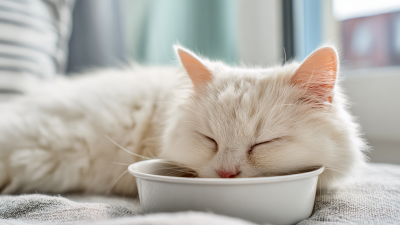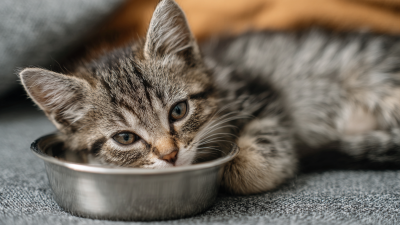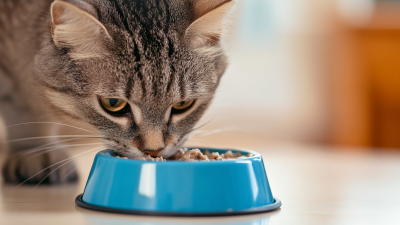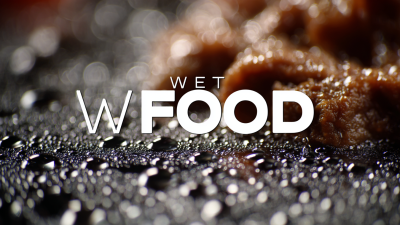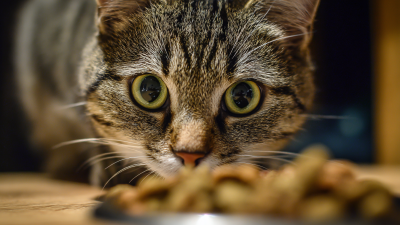When it comes to keeping our feline friends happy and healthy, choosing the right type of food is crucial—especially for picky eaters. According to a survey conducted by the American Pet Products Association, over 69% of cat owners report that their pets display selective eating habits, making the selection of wet cat food a significant consideration. Wet cat food offers numerous advantages, including higher moisture content, which is essential for feline hydration and can aid in preventing urinary tract issues. Research indicates that cats are more likely to enjoy the taste and texture of wet food compared to dry kibble, appealing to their natural instincts as obligate carnivores. As we delve into this guide, we'll explore key factors such as ingredients, flavor profiles, and nutritional balance to ensure that even the pickiest eater can find a meal they love.
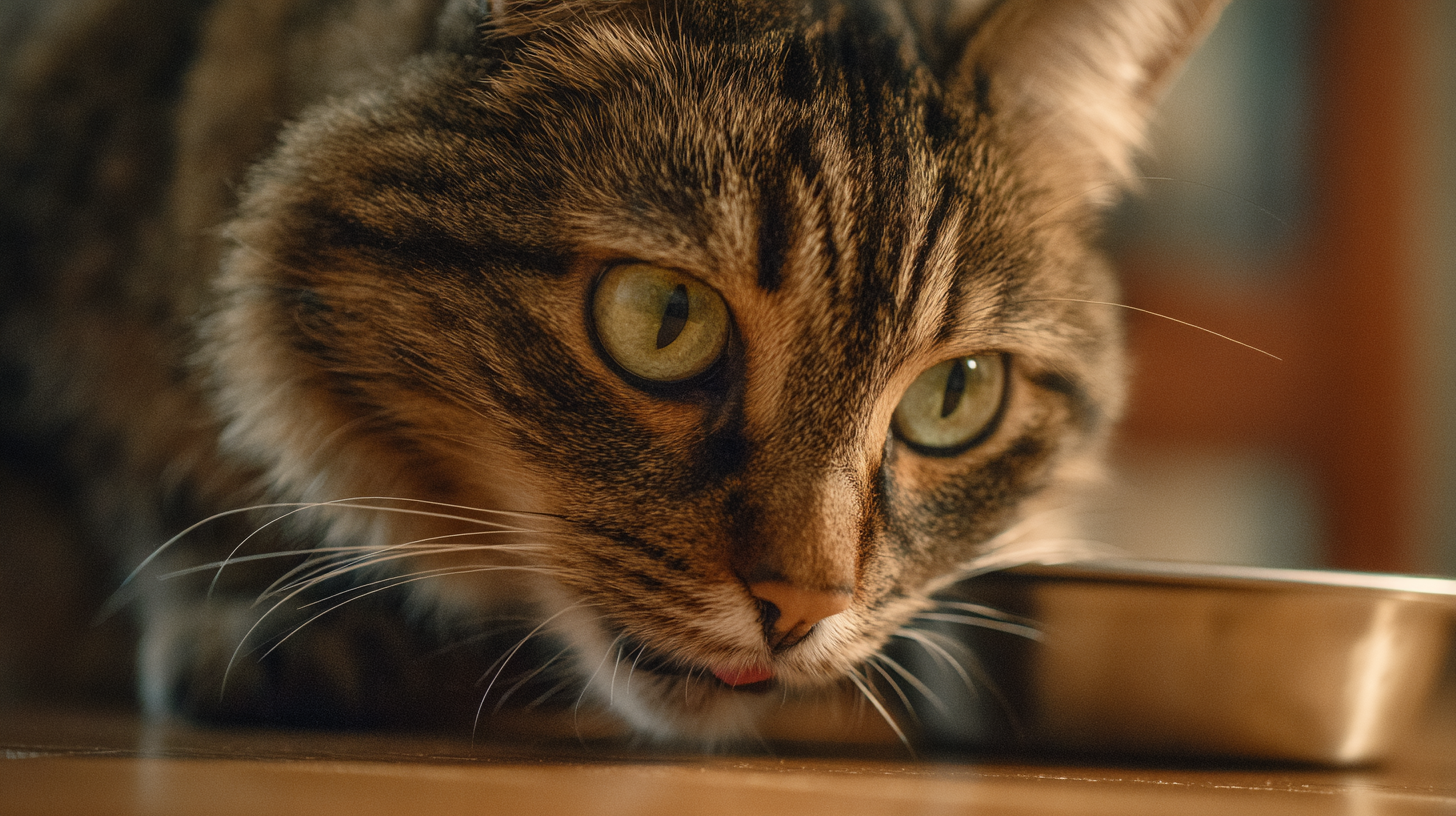
Choosing the right wet cat food for picky eaters can be a challenge, especially considering the unique preferences and dietary needs these finicky felines exhibit. Understanding that not all cats have the same tastes is crucial. According to recent findings from the Pet Food Institute, many cats prefer certain textures and flavors, often gravitating toward high-protein options, which can help maintain their health and vitality.
When dealing with a picky eater, it’s essential to create a positive feeding experience. One effective strategy is to rotate different flavors and brands to keep mealtime interesting. You might also consider warming the food slightly to enhance its aroma, making it more enticing. Additionally, incorporating high-quality ingredients, such as real meat, can significantly influence a cat's appetite, encouraging them to eat regularly.
Tips: Always pay attention to your cat's reaction to new food. Start by mixing a small amount of the new wet food with their current favorite to help transition them smoothly. Also, ensure fresh water is available, as hydration is vital for overall health, especially when feeding wet food. Lastly, consult with a veterinarian to tailor your cat's diet to their specific health needs.
This chart illustrates the importance of various factors when selecting wet cat food for picky eaters. Flavors and ingredients quality are crucial, followed by texture and digestibility. Moisture content is also significant but slightly less critical compared to other factors.
When selecting wet cat food for picky eaters, it's essential to focus on key ingredients that resonate with feline taste preferences while meeting their nutritional needs. According to a study published by the Journal of Animal Science, cats are obligate carnivores, necessitating a diet rich in animal-based proteins.
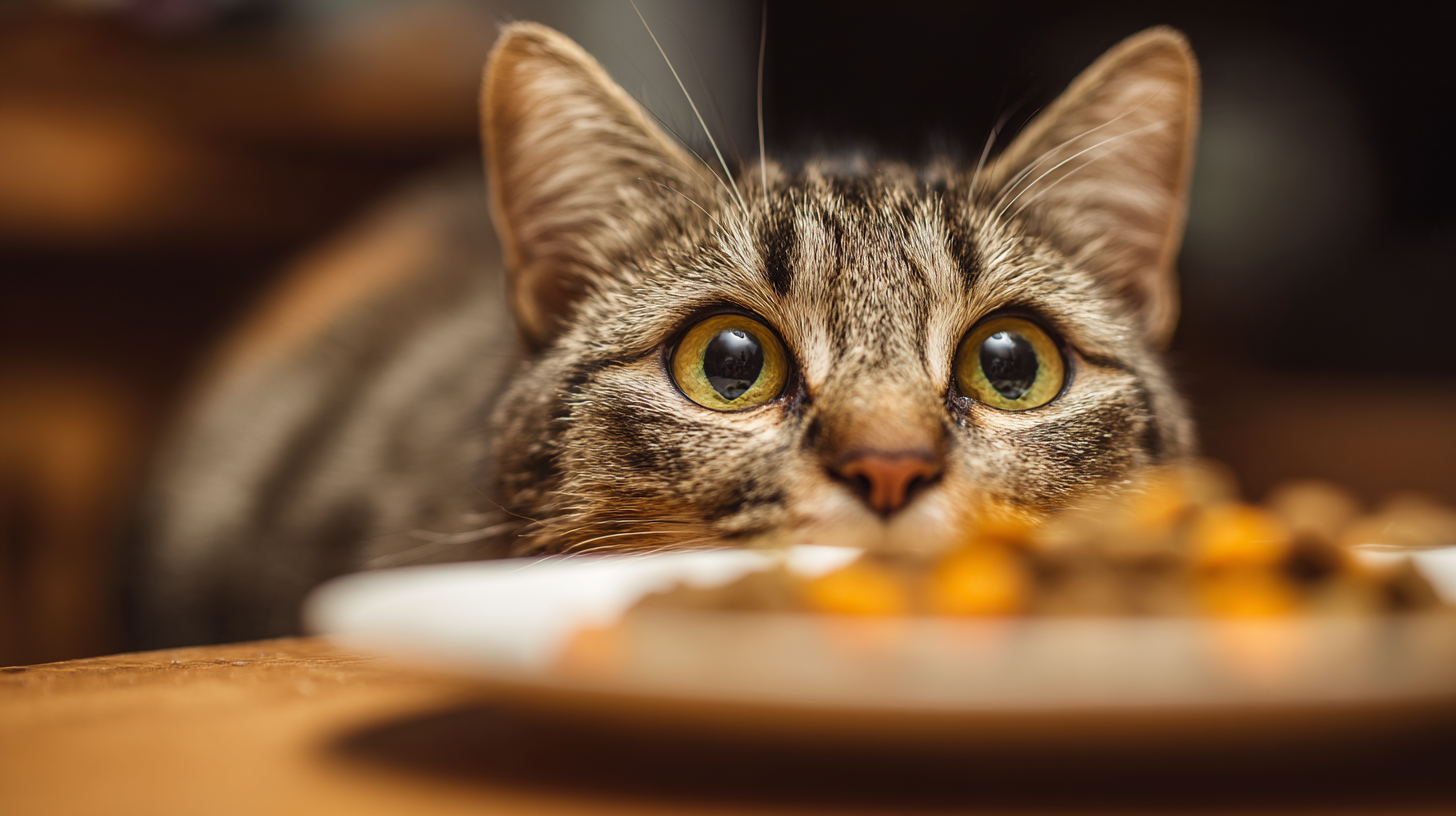 Therefore, look for wet cat foods that highlight high-quality protein sources such as chicken, turkey, or fish as the primary ingredient. These proteins not only provide the essential amino acids required for muscle maintenance, but they also enhance flavor, making the food more appealing to finicky eaters.
Therefore, look for wet cat foods that highlight high-quality protein sources such as chicken, turkey, or fish as the primary ingredient. These proteins not only provide the essential amino acids required for muscle maintenance, but they also enhance flavor, making the food more appealing to finicky eaters.
Moreover, moisture content is another crucial factor to consider. Cats naturally have a low thirst drive and rely on their food for hydration. A report from the Association of American Feed Control Officials (AAFCO) recommends that wet cat food contain at least 75% moisture. This not only helps in keeping your cat hydrated but also supports urinary health, particularly important for picky eaters who may not drink enough water.
Additionally, consider options that include palatability enhancers, such as liver or fish oil, which can entice even the fussiest of eaters, ensuring they receive their necessary nutrients without compromise.
When it comes to choosing the best wet cat food for picky eaters, understanding your feline's texture and flavor preferences is crucial. According to a study published in the Journal of Veterinary Behavior, approximately 60% of cat owners report their cats are selective eaters, often influenced by their early experiences with food. Cats tend to have strong preferences for specific textures, whether it be pâté, chunks in gravy, or shredded consistency. Observing your cat’s reactions to different types can guide you in selecting the right wet food that aligns with their palate.
Tip: Experiment with variety packs that include different textures to identify what your cat prefers without wasting food. Additionally, consider their age and health condition, as kittens and seniors may require softer textures for easier consumption.
Flavor is equally important, as many cats show preferences for specific proteins. A survey from the American Association of Feed Control Officials (AAFCO) indicates that chicken and fish flavors are the most sought-after among cats. If your picky eater seems uninterested in standard flavors, don’t hesitate to try more unique options, like duck or rabbit, to spark their interest.
Tip: Rotate flavors regularly to keep mealtime exciting and encourage your cat to explore different tastes. Monitoring their response and adjusting accordingly will ensure they get the nutrition they need while enjoying their meals.
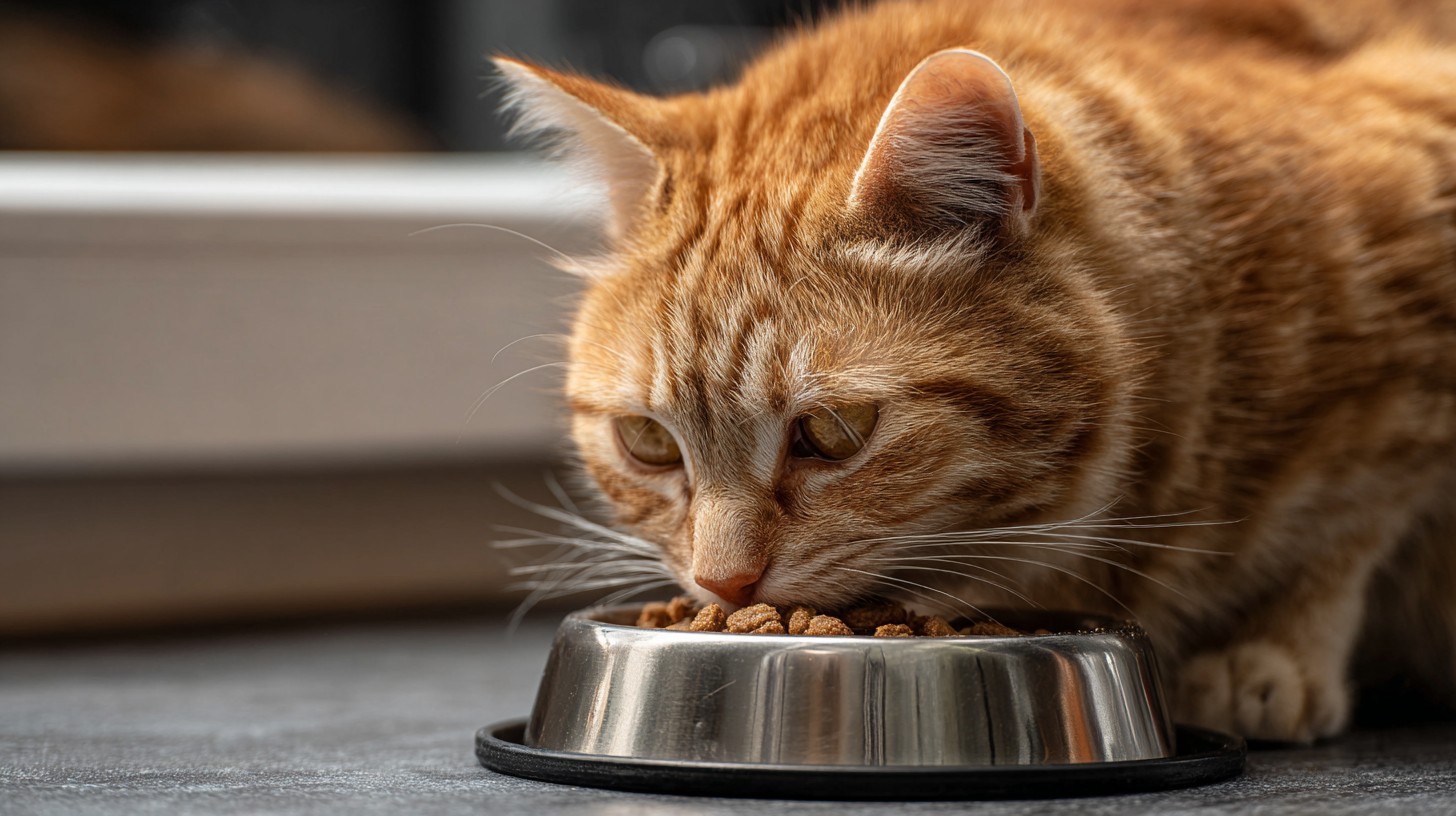
When selecting the best wet cat food for picky eaters, it's crucial to focus on the nutritional value that caters to their specific needs. Picky eaters often require a diet that not only satisfies their taste preferences but also provides the essential nutrients for their health.
According to a recent study by the Association of American Feed Control Officials (AAFCO), the ideal wet cat food should contain at least 25% protein on a dry matter basis, which is vital for maintaining muscle mass and overall health.
Moreover, it's important to take into account the quality of ingredients. Cats are obligate carnivores, meaning their diet must be rich in animal-based proteins. The presence of high-quality proteins should be prioritized over fillers. In a comparative analysis of various commercial wet cat foods, it was found that those with real meat listed as the first ingredient generally received higher ratings from both pet owners and veterinary nutritionists.
Consequently, for vitamins, minerals, and moisture, consider formulations that include added nutrients without artificial preservatives or additives. This approach ensures that kitty not only enjoys their meals but also receives a balanced diet tailored to their discerning palate.
Transitioning a picky cat to new wet food can be a challenging yet rewarding experience. One effective method is to mix the new food with the current one gradually. Start with a small ratio of the new wet food, about 25%, and combine it with 75% of their usual meal. Over the course of a week, slowly increase the proportion of new food while decreasing the old one. This gradual introduction helps your cat adjust to the new flavors and textures without overwhelming their palate.
Another tip is to make the new wet food more appealing. You can try warming it slightly to enhance the aroma, which might entice your cat to take a nibble. Additionally, consider topping the new food with a small amount of a favorite treat or broth to entice them further. If your cat remains uninterested, experiment with different flavors or brands that align with their preferences. Patience is key—each cat's transition period is unique, so be prepared to spend time finding the right match that satisfies their tastes and nutritional needs.
| Criteria | Recommendation | Notes |
|---|---|---|
| Protein Content | High-Quality Animal Protein | Look for meat as the first ingredient. |
| Texture Variations | Pâté, Chunky, or Gravy | Experiment with different textures to find what they prefer. |
| Flavor Options | Variety of Proteins (Chicken, Fish, Beef) | Cats may prefer specific flavors or combinations. |
| Moisture Content | High Moisture Levels | Wet food helps with hydration. |
| Transitioning Tips | Gradual Introduction | Mix old food with new food gradually over a week. |
| Allergen-Free Options | Limited Ingredient Diets | Good for sensitive stomachs or allergies. |
